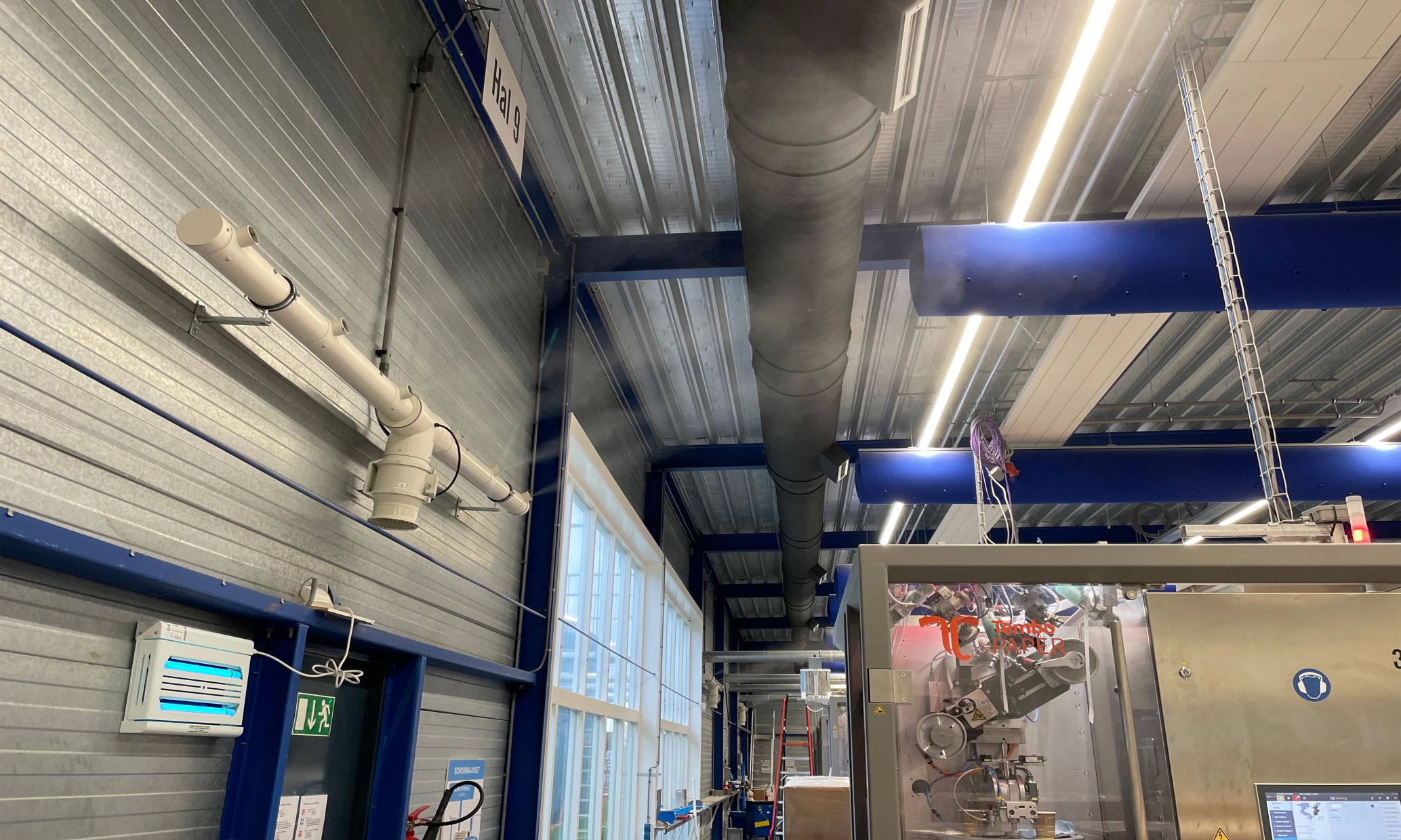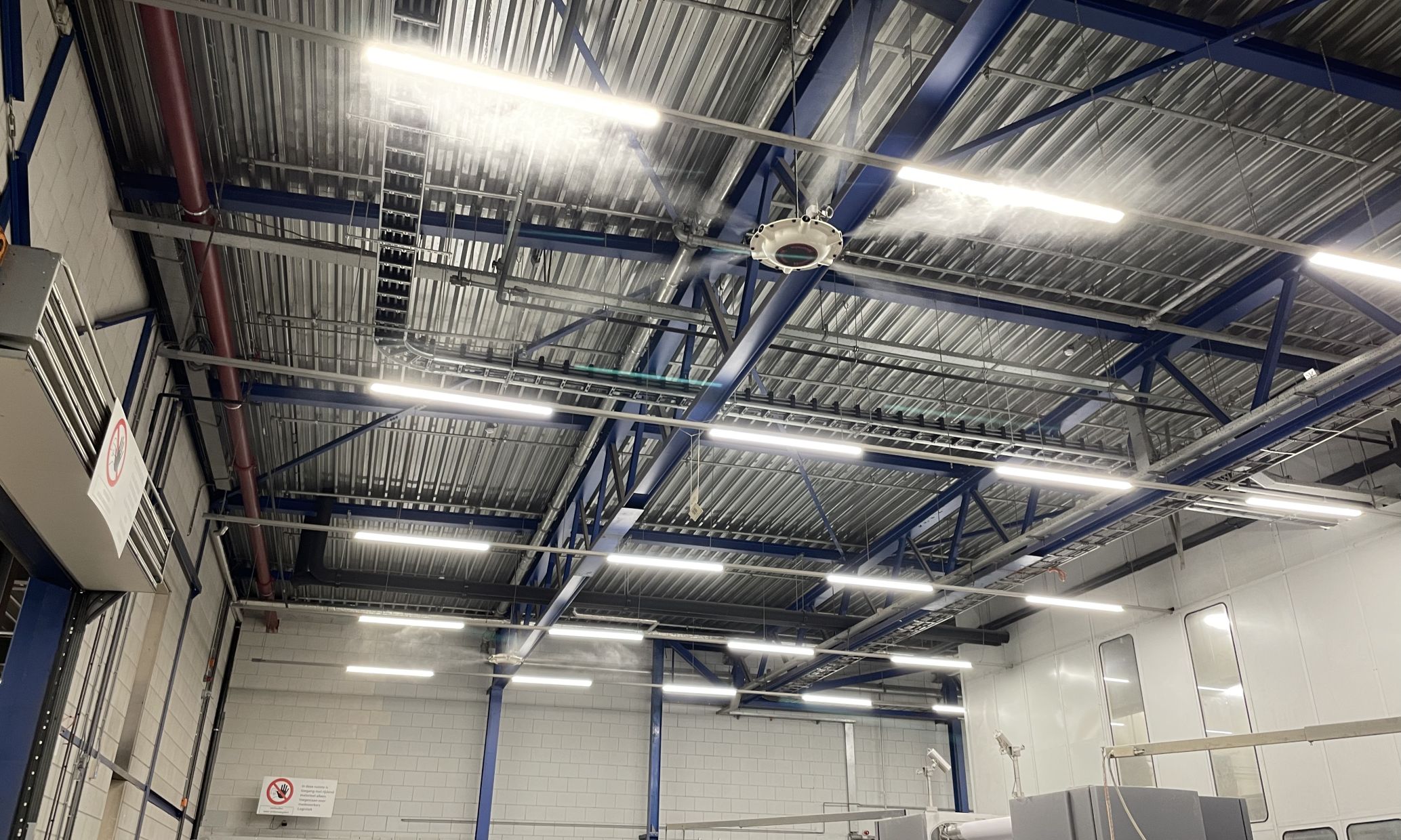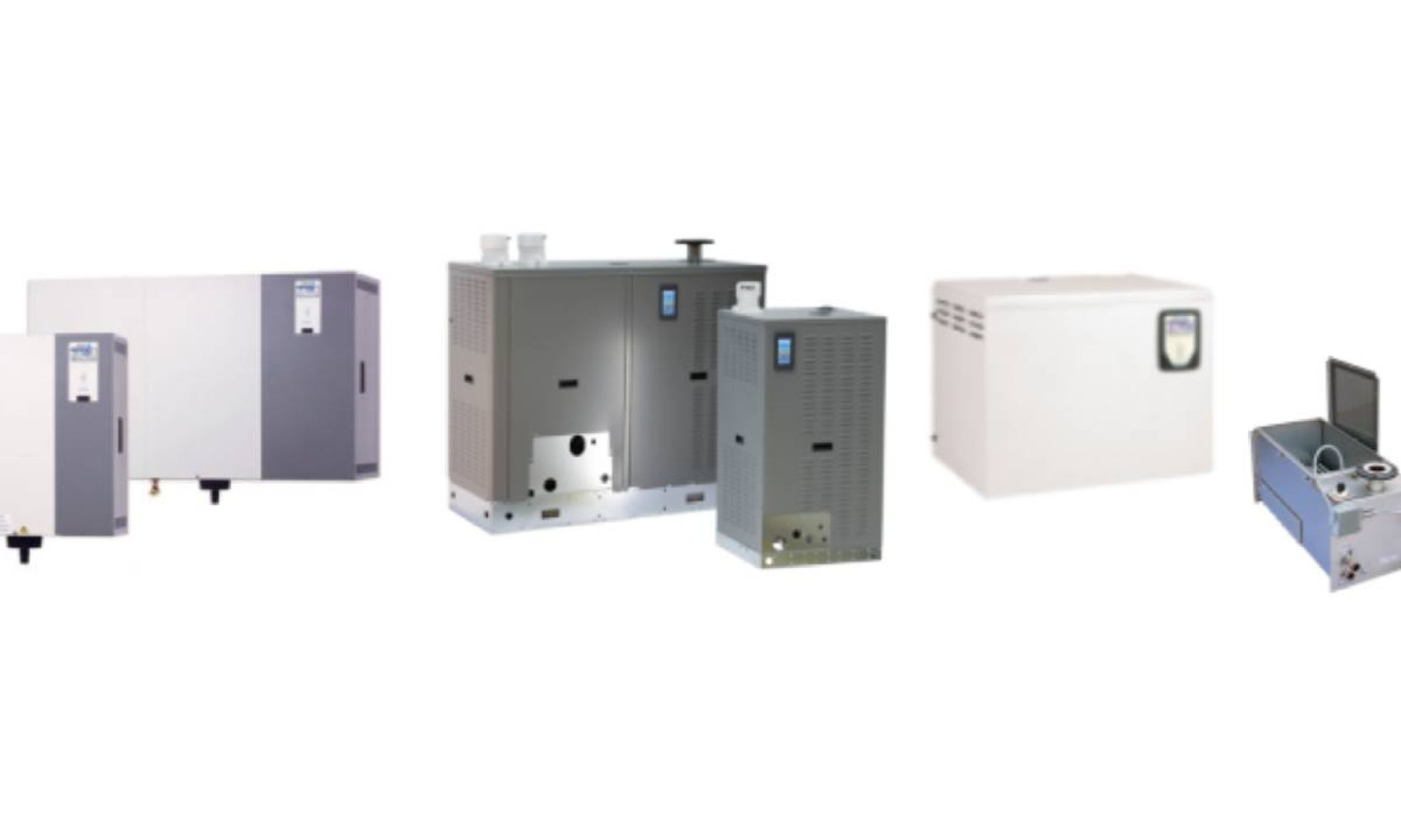In winter, not only does the temperature drop, but so does the humidity. What many companies underestimate is the effect of low humidity on the workplace, production processes and the quality of products and equipment. Indoors, humidity often drops below 30% in winter, which has direct and indirect consequences for both people and machines.
What happens to humidity in winter?
Cold air can hold less water vapour than warm air. As a result, relative humidity often drops below 40% in winter. When this cold air enters a building and is heated, the relative humidity drops even further. Humidity can then easily fall below 30%. This affects:
- The health and well-being of employees
- Electronic equipment and machines
- Storage and processing of materials
- Quality processes in production environments
Consequences of low humidity in the work environment
1. Less comfort and higher absence rate
Low humidity causes various health complaints among employees:
- Dry eyes, headaches, fatigue
- Sore throat, dry cough, irritated airways
- Exacerbation of allergies or asthma
In addition, viruses spread more easily when humidity is too low. As a result, employees are more likely to call in sick, leading to higher absenteeism. The right humidity ensures a healthy and comfortable working environment.
2. Static electricity and equipment malfunctions
In offices and production halls where a lot of electronic equipment is used, dry air causes static electricity to build up more quickly. These static discharges can damage sensitive electronic components and equipment. This leads to malfunctions, machine and production line downtime, and can also cause problems in data centers or server rooms. As a result, business continuity can be jeopardised and additional costs for repairs and downtime can arise.
3. Loss of quality in production and storage
For companies that work with materials such as paper, wood, textiles or food, low humidity can lead to quality problems. Materials can shrink or deform, and raw materials or end products can dry out. Ultimately, this results in poorer product quality and a higher rejection rate, which causes additional costs and waste.
The solution: stable humidification
Good humidification ensures a healthy, productive and comfortable work environment. For a healthy work environment, a relative humidity of between 40% and 60% is ideal.
The ideal humidity can vary depending on the company and application. Depending on the type of production process and the materials used, specific humidity limits may be necessary to guarantee quality and stability.
Would you like to know what humidity is required for your production process?
Then schedule a consultation with one of our experts. We are happy to help you find the right solution.




